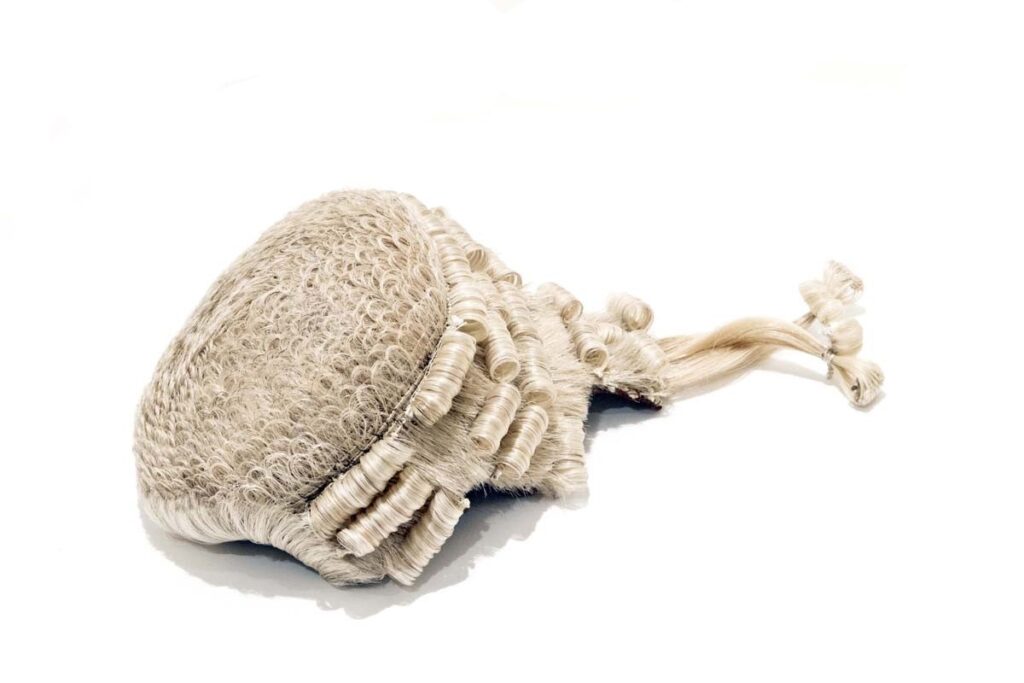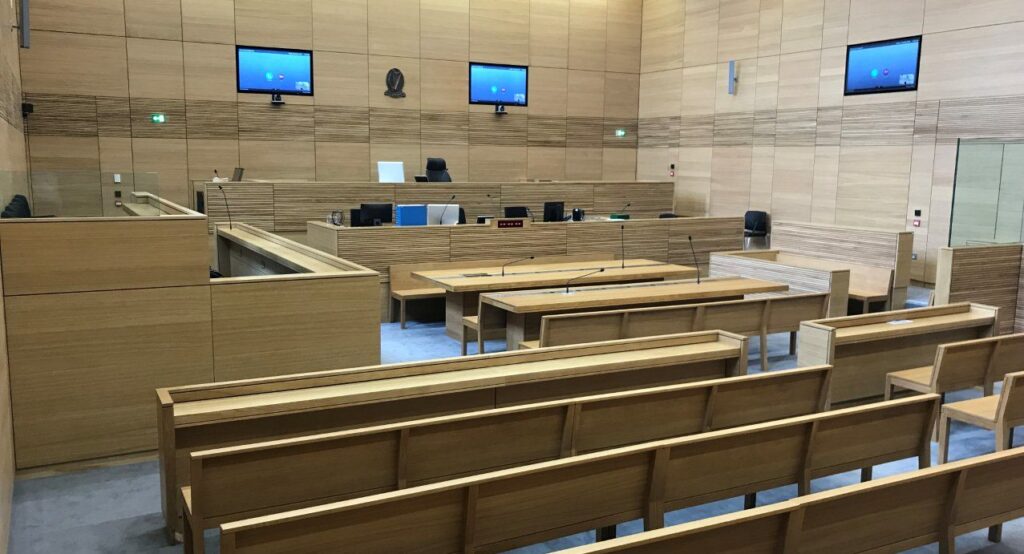Jamie
Civil Litigation

Jamie’s Request
Jamie is a barrister with a busy civil litigation practice. As part of his practice he drafted a lot of motions and grounding affidavits. He had a really good body of precedents but the copying and pasting was becoming quite repetitive and errors were occasionally creeping in.
Jamie came to us for a chat – he wanted to eliminate all this copying and pasting, eliminate the potential for errors, and save himself some time.
Consultation with smartlegal
We sat down with Jamie and together we identified the types of drafting that were repeated most often. Although there were some outliers, it was quickly quite clear that Jamie was regularly drafting:
- motions for judgment in default of appearance;
- motions for judgment in default of defence;
- motions to compel replies to particulars;
- motions to join third parties;
- motions to transfer proceedings; and
- motions for discovery.
When he drafted these documents he almost always had to prepare a covering letter to go out with the drafts, and a fee note in respect of the work he had done.
Although some of the drafting work was specific to the facts of the case he was working on, the majority of it was a process of copying and pasting details of the case, parties, court, and solicitor from one document into another.


smartlegal Solution
To save Jamie all of the copying and pasting we built a simple form where Jamie could enter the case, parties, court and solicitor details, and have that information reproduced across all of the documentation that he generated.
Jamie could also specify the relief that was sought in the motion and (depending on whether it was in the District, Circuit or High Court) the system would insert the correct Court Rule(s) in the Notice of Motion (together with the correct Court Office address for filing purposes).
In addition, based on the relief sought, Jamie’s covering letter would include the relevant advice about the proofs necessary for the particular motion when it came to court.
Outcome
Jamie’s solution works extremely well for him.
By entering the case, parties, court and solicitor details once, Jamie greatly reduces the chances of spelling errors or of other errors that could flow from using a precedent bank and a ‘copy and paste’ system.
Jamie’s covering letters and fee notes are automatically produced – citing the solicitor’s name, address, and file reference, the case name and jurisdiction, the type of draft that is being enclosed, the proofs necessary for the motion when it comes on for hearing, and the amount due to Jamie (itemised on a fee note with a sub-total and a VAT amount).
This obviously saves Jamie a huge amount of time. It also means that when Jamie is under serious time pressure he can ask his devil or his secretary to input the data in the form – releasing Jamie to use his time thinking about the ‘bespoke’ elements of the draft that are specific to the facts of the individual case.
*Names and other identifying information have been changed to maintain confidentiality.
Automations
Try these automations today!
Enduring Power of Attorney
Preliminary Trial Hearing
Criminal Legal Aid (Disclosure)
Building an Automation
Find out how smartlegal builds document automation solutions in this detailed diary, where we describe every step (from conception to execution) behind the creation of a system for the Registration of Enduring Powers of Attorney.
